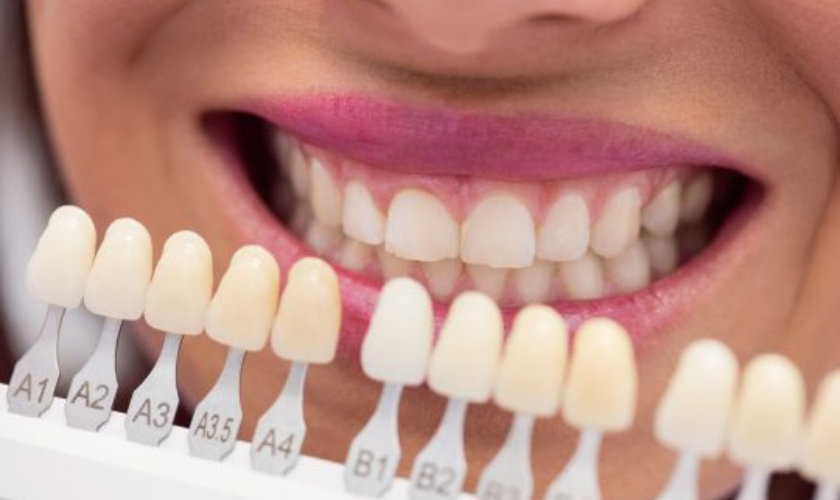Veneers offer a comprehensive solution for multiple cosmetic dental problems through a relatively straightforward procedure. These thin shells, typically made from porcelain or composite resin, bond to the front surface of teeth to address various aesthetic concerns. The process transforms smiles in just a few dental visits, making veneers an attractive option for patients seeking rapid cosmetic improvements.
Identifying Common Cosmetic Issues
Veneers effectively correct multiple aesthetic dental problems simultaneously. Discolored teeth that resist traditional whitening treatments respond well to veneer placement and provide a uniformly whitened smile. Teeth stained by tetracycline antibiotics, root canal procedures, or excessive fluoride often require this procedure to achieve the desired level of whiteness.
Chipped or worn teeth benefit significantly from veneer application. Minor fractures, worn edges from grinding, and small chips disappear beneath the smooth veneer surface. The restoration returns teeth to their original shape while providing strength and added protection.
Gaps between teeth close effectively with properly sized veneers. Small to moderate spaces, known as diastemas, can be eliminated without orthodontic treatment. Dentists design these implants to be slightly wider than the natural teeth, effectively closing gaps while maintaining proper proportions. While veneers cannot replace orthodontic treatment for severe misalignment, they can create the illusion of straighter teeth for mild to moderate irregularities.
Understanding the Procedure Timeline
The veneer process typically spans two to three appointments over several weeks. Your initial consultation involves examining your teeth, discussing expectations, and determining candidacy for veneers. X-rays and impressions may be taken to assess tooth health and plan the procedure.
Temporary implants protect the prepared teeth while permanent implants are manufactured, which usually takes one to two weeks. The final appointment involves removing temporary veneers and bonding the permanent ones. Your dentist checks the fit and color match before permanently cementing the veneers to your teeth. Minor adjustments to bite and shape can be made during this appointment.
Recovery time is minimal following veneer placement. Most patients experience little to no discomfort and can return to normal activities immediately. Some temporary sensitivity to hot and cold temperatures may occur, but typically resolves within a few days.
Exploring Results and Maintenance
Porcelain veneers typically last 10 to 15 years with proper care, while composite veneers may last 5 to 7 years. The longevity depends on factors such as oral hygiene, eating habits, and teeth grinding. Regular dental checkups allow your dentist to monitor the condition of your teeth and address any issues early.
Maintenance involves standard oral hygiene practices, including brushing twice daily and flossing regularly. Avoiding hard foods, ice chewing, and using teeth as tools helps prevent veneer damage. Patients who grind their teeth may need a nightguard to protect their teeth during sleep.
Learn More About Veneers
Veneers provide a reliable method for addressing multiple cosmetic dental concerns through a relatively quick process. The procedure offers predictable results and can dramatically improve your smile’s appearance in just a few weeks. Consulting with a qualified dentist will help determine if veneers are the right solution for your specific cosmetic dental needs.





